Chess strategy understanding Normal Worksheets for Ages 5-6
3 filtered results
-
From - To
Welcome to our engaging Chess Strategy Understanding Worksheets for Ages 5-6! Designed to introduce young learners to the exciting world of chess, these printable resources help children develop critical thinking and problem-solving skills while enhancing their understanding of basic chess strategies. Through fun and interactive activities, kids will learn the names and movements of chess pieces, simple tactics, and how to recognize patterns on the board. Perfect for parents and educators, these worksheets encourage creativity and strategic thinking, making learning both enjoyable and educational. Start your child's chess journey today and watch their confidence and skills grow!
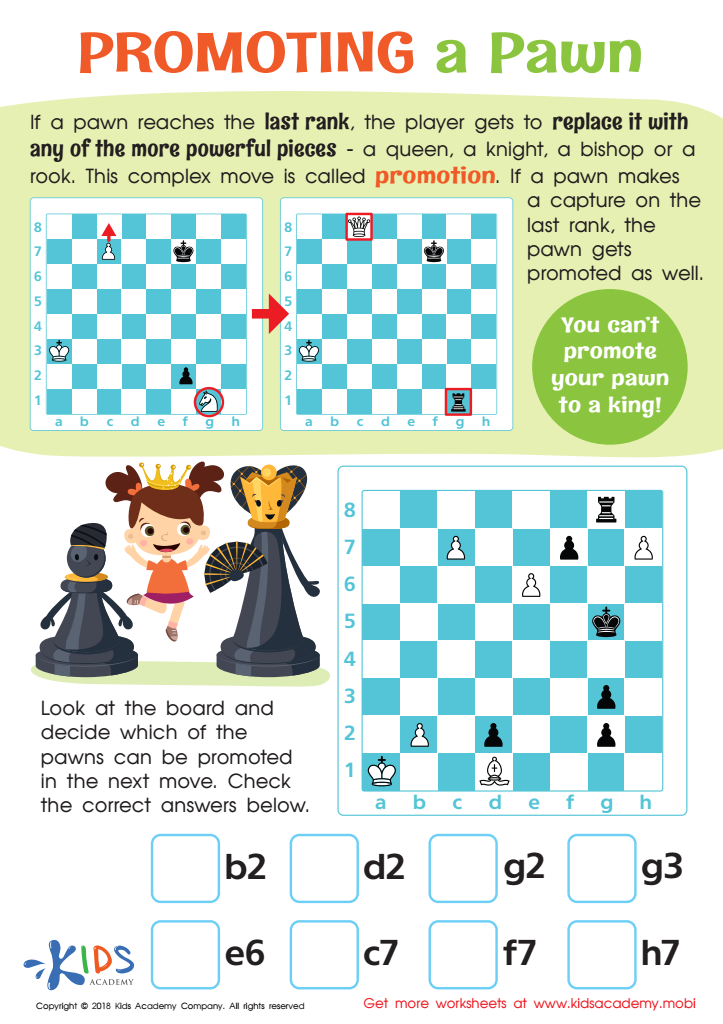

Promoting a Pawn Worksheet
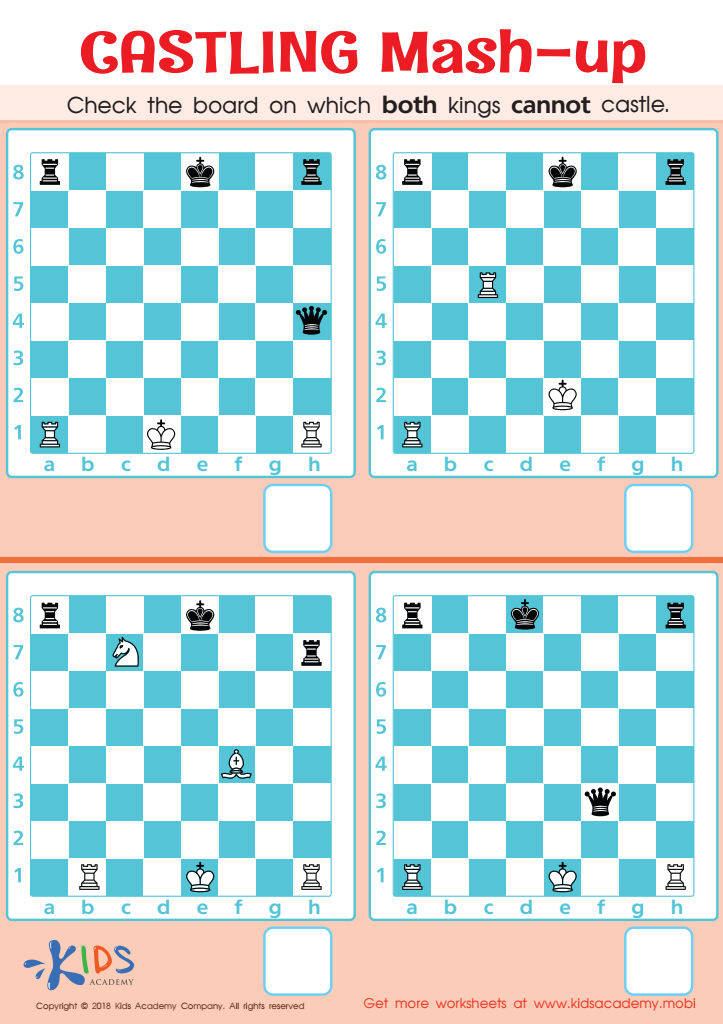

Castling Mash–up Worksheet
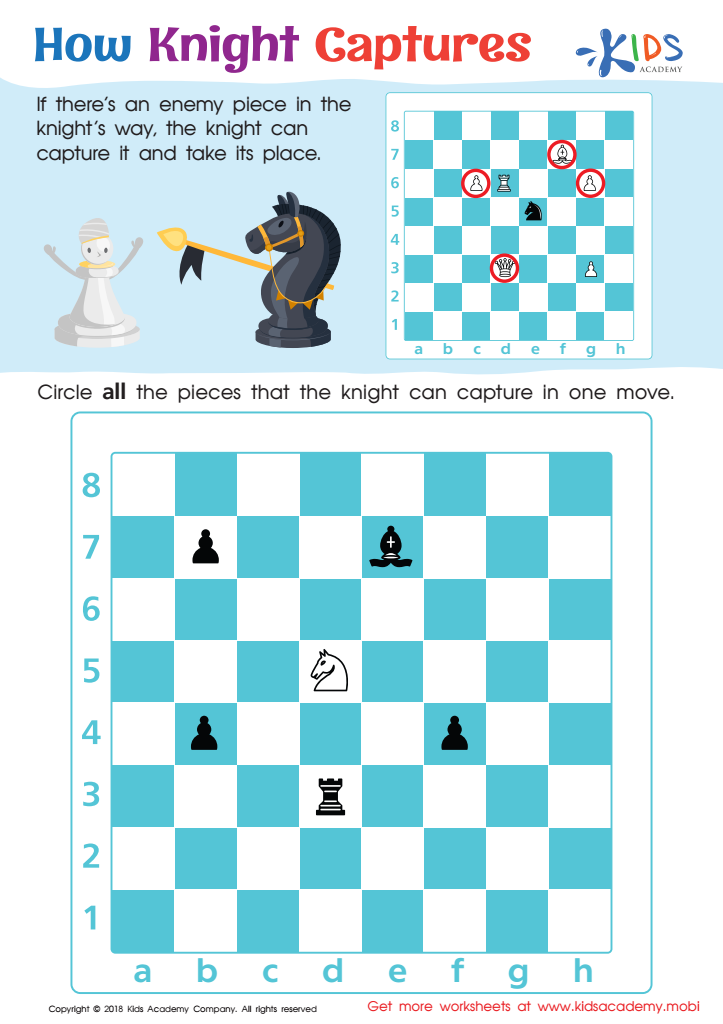

How Knight Captures Worksheet
Understanding chess strategy is incredibly valuable for parents and teachers engaging with children ages 5-6. At this tender age, kids are developing critical thinking skills, and chess is a fun and effective way to nurture these abilities. By learning chess strategies, children enhance their problem-solving skills as they navigate the game's complexities, encouraging them to think several moves ahead.
Moreover, chess teaches patience and discipline. As young learners experience wins and losses, they cultivate emotional resilience and learn to manage frustration—crucial life skills. Additionally, chess promotes cognitive development by improving memory, concentration, and analytical skills, which are beneficial for academic success.
The social element of chess cannot be overlooked. When children play together, they learn to communicate, share, and respect one another, fostering teamwork and sportsmanship.
Lastly, engaging with chess fosters a love for the game early on, allowing these skills to grow as they mature. As parents and teachers, encouraging chess strategy understanding will not only equip children with essential life skills but also provide them with a unique and enriching experience. Overall, promoting chess offers countless educational and developmental benefits for young minds.
 Assign to My Students
Assign to My Students






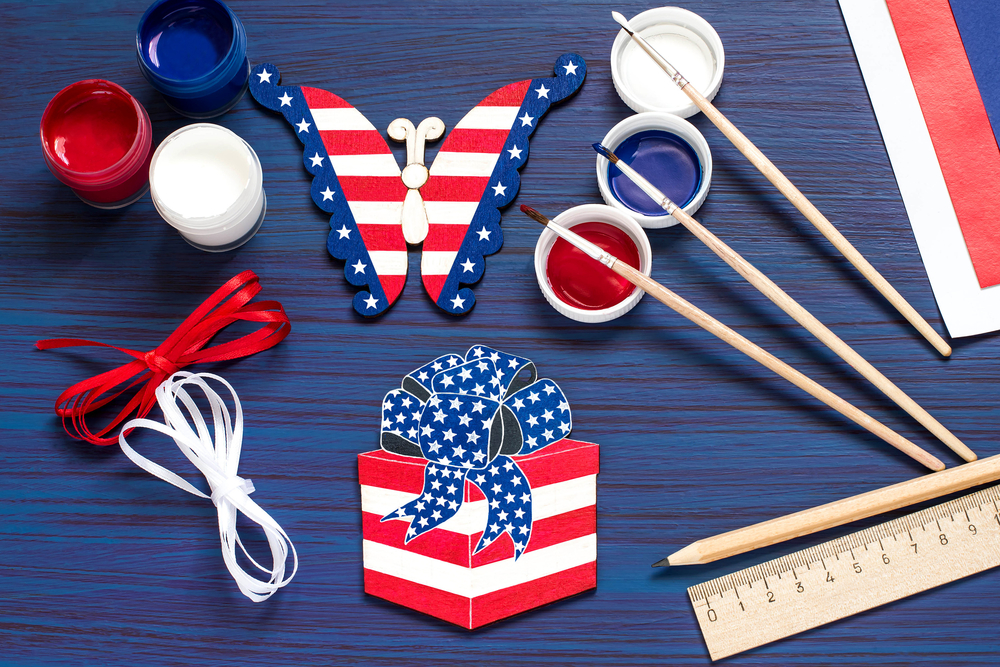
.jpg)
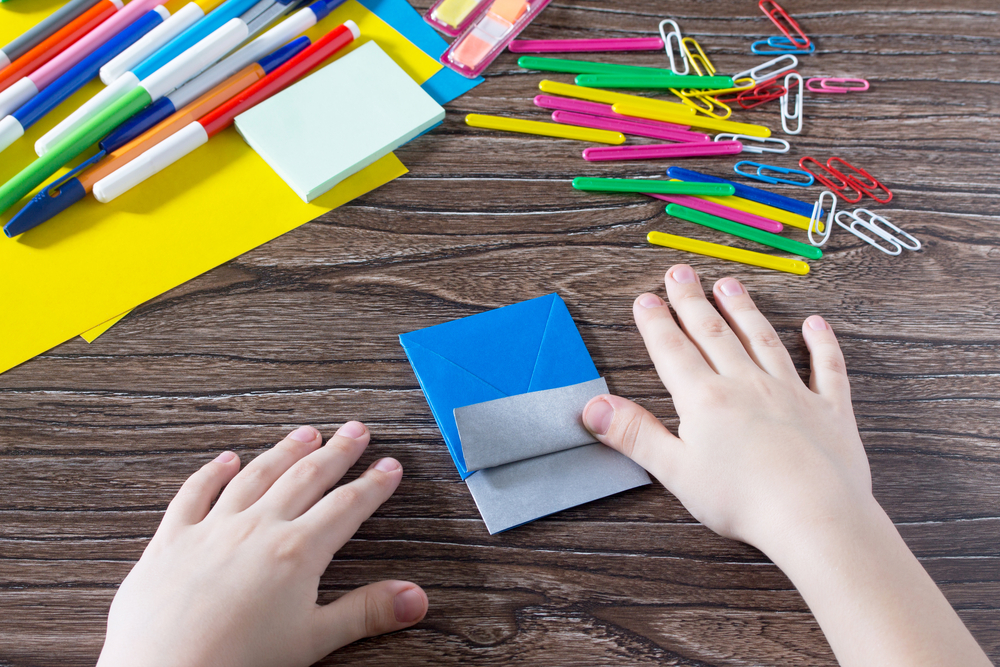
.jpg)











